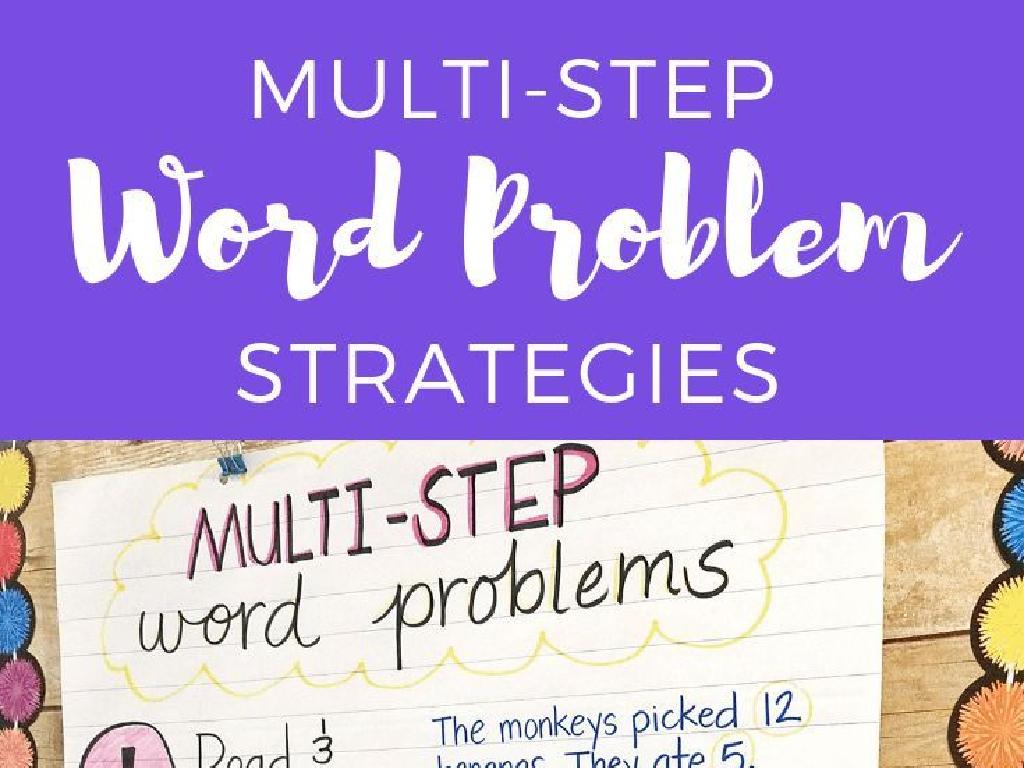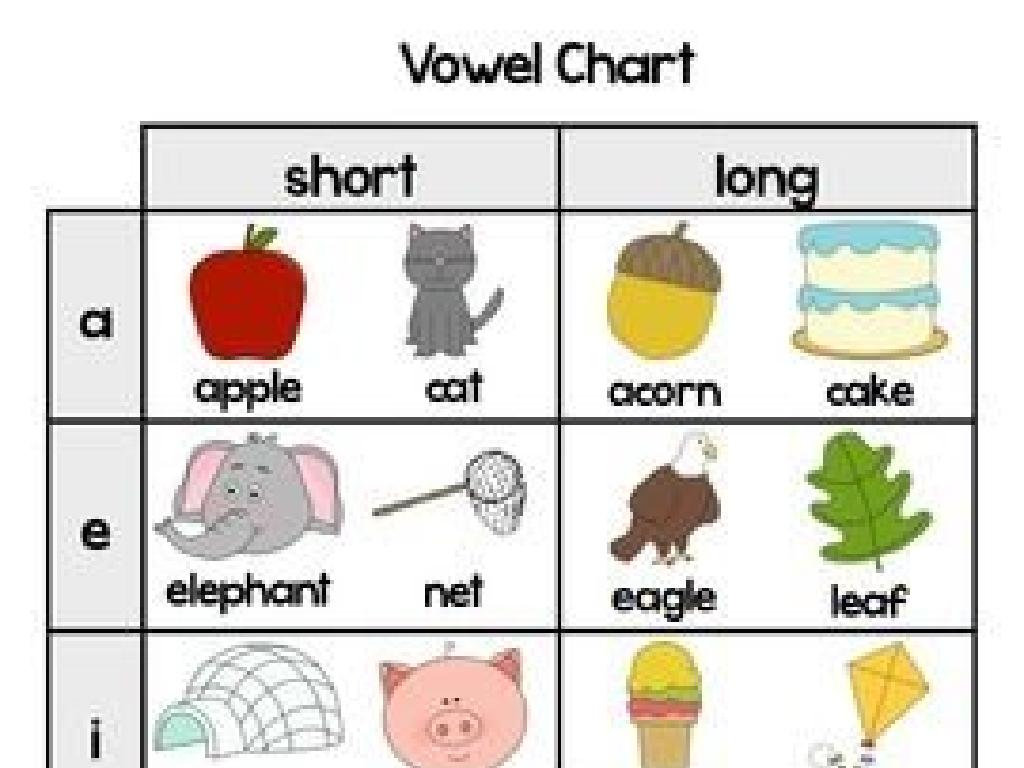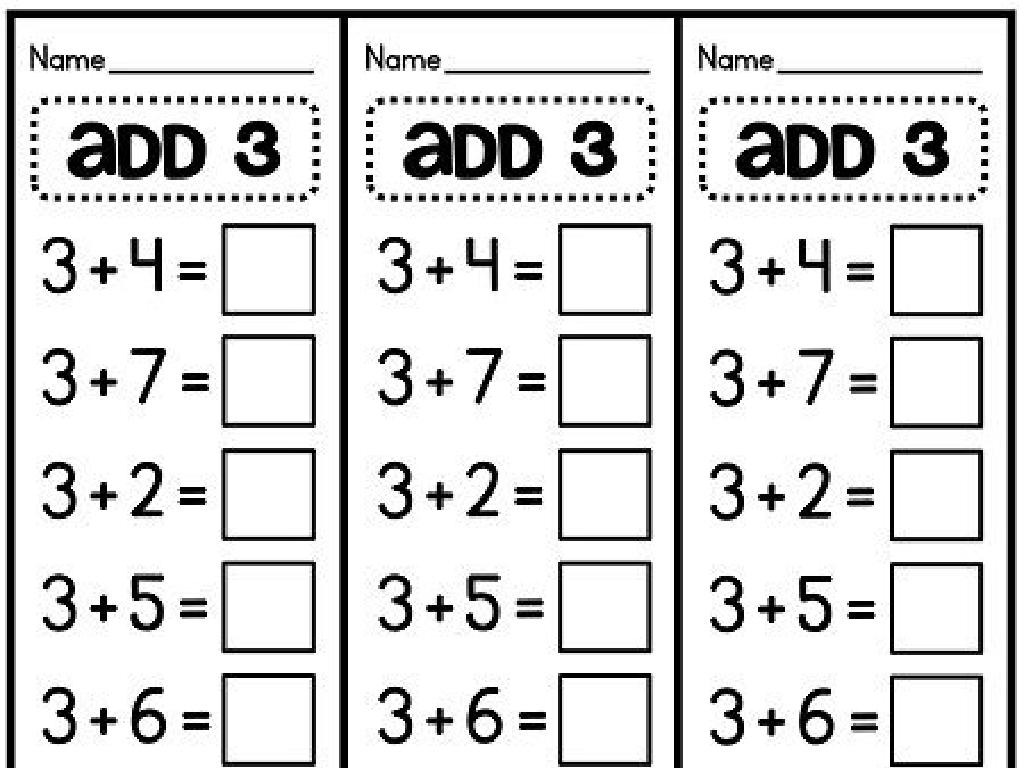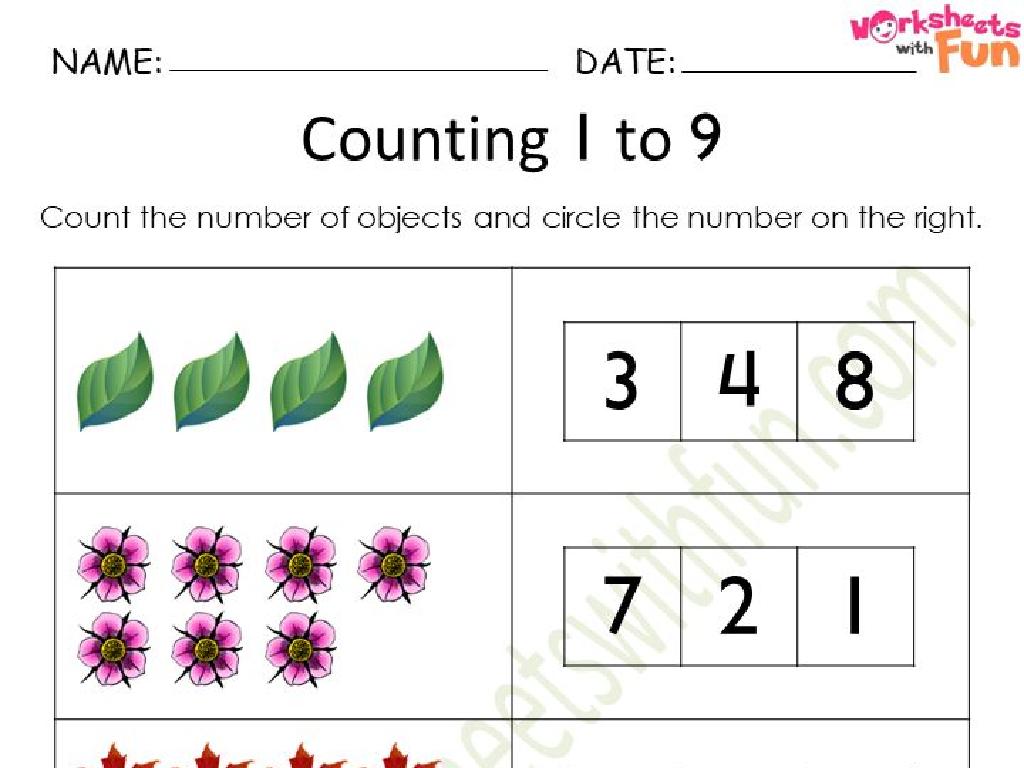Calculate Distance From Velocity And Time
Subject: Science
Grade: Seventh grade
Topic: Velocity, Acceleration, And Forces
Please LOG IN to download the presentation. Access is available to registered users only.
View More Content
Calculating Distance Using Velocity and Time
– Understanding velocity
– Velocity is speed with a direction, like 10 m/s north
– Time’s role in motion
– Time measures how long the motion lasts, e.g., 5 seconds
– Distance calculation formula
– Use the formula: Distance = Velocity x Time
– Practical example
– If a car travels 10 m/s north for 5 seconds, it covers 50 meters
|
This slide introduces the concept of calculating distance based on known velocity and time, which is a fundamental aspect of understanding motion in physics. Start by explaining velocity as a vector quantity that includes both speed and direction. Emphasize the importance of time as a scalar quantity and how it interacts with velocity to determine the distance traveled. Introduce the formula for distance calculation and ensure students understand how to apply it. Use a relatable example, such as a car traveling at a constant speed, to illustrate the concept. Encourage students to think of other examples where they can apply this formula. This will set the foundation for more complex topics in physics related to motion.
Understanding Velocity
– Velocity: Speed with direction
– Velocity is how fast something moves in a specific direction.
– Speed vs. Velocity: They’re different
– Speed is scalar, velocity is vector – it has magnitude and direction.
– Direction matters in velocity
– For example, 10 m/s north vs. 10 m/s south are different velocities.
– Calculating distance using velocity
|
Begin the lesson by defining velocity as a vector quantity, which means it includes both speed and direction. Clarify the difference between speed and velocity, emphasizing that speed is a scalar quantity (it does not include direction), while velocity is a vector (it does include direction). Use real-life examples to illustrate how the same speed can result in different velocities when the direction is changed. Then, introduce the formula for calculating distance when velocity and time are known: distance = velocity x time. This will set the stage for further exploration of how to calculate distance using velocity, which will be crucial for solving problems in this unit.
Understanding Time in Physics
– Time: A fundamental quantity
– Time is what clocks read, a continuous sequence of events
– Measuring time accurately
– Use of clocks and stopwatches for precision
– Time’s role in distance calculation
– Distance = Velocity x Time
– Practical examples of time’s impact
– E.g., How far a car travels in 2 hours at 60 mph
|
This slide introduces the concept of time as a fundamental physical quantity, essential for understanding motion. Time is what we measure in seconds, minutes, and hours, and it’s crucial for students to grasp its continuous nature. Emphasize the importance of accurate time measurement in experiments and calculations. Explain how time is directly proportional to distance when velocity is constant, using the formula Distance = Velocity x Time. Provide relatable examples, such as calculating the distance a car travels at a constant speed. This will help students apply the concept of time to real-world scenarios and understand its significance in physics.
Calculating Distance Using Velocity and Time
– Distance equals velocity times time
– If you move at a speed (velocity) for a certain duration (time), you’ll cover a certain distance.
– Understanding the distance formula
– The formula D = V x T breaks down to Distance = Speed (or Velocity) x Time.
– Units for distance, velocity, time
– Distance is measured in meters (m), velocity in meters per second (m/s), and time in seconds (s).
– Practical application of the formula
– Let’s say you jog at 3 m/s for 600 seconds, you’ll cover 1800 meters.
|
This slide introduces the fundamental concept of calculating distance based on velocity and time, which is crucial for understanding motion. The formula D = V x T is a simple yet powerful tool in physics that allows students to calculate how far something travels if its speed and the time of travel are known. Emphasize the importance of consistent units when using this formula, typically meters for distance, meters per second for velocity, and seconds for time. Provide examples to illustrate the concept, such as calculating the distance of a jogger or a car trip. Encourage students to think of their own examples and to practice using the formula with different velocities and time intervals.
Calculating Distance Using Velocity and Time
– Constant velocity example
– A car moving at the same speed over a period of time.
– Using the distance formula
– Distance = Velocity x Time. For example, if a car travels at 60 mph for 2 hours, the distance is 120 miles.
– Practice problem walkthrough
– If a car travels at 50 mph for 3 hours, how far does it go?
– Understanding the solution
– Multiply velocity by time to find distance: 50 mph x 3 hours = 150 miles.
|
This slide introduces the concept of calculating distance when velocity and time are known. Start with a relatable example, such as a car traveling at a constant speed, to illustrate the concept of constant velocity. Explain the formula for distance (Distance = Velocity x Time) and apply it to a real-world scenario with actual numbers. Provide a practice problem for the students to solve, reinforcing the application of the formula. Finally, go through the solution step-by-step to ensure understanding. Encourage students to ask questions and discuss any difficulties they encounter while solving the problem.
Real-life Applications of Distance Calculation
– Importance of distance calculation
– It helps in planning travel and navigation.
– Daily life applications
– Used in GPS technology and fitness tracking.
– Professional use of distance calculation
– Pilots, architects, and athletes use it to estimate distances.
– Enhancing practical understanding
|
Understanding how to calculate distance using velocity and time is not just a theoretical concept; it has practical applications in everyday life. For instance, GPS systems use these calculations to provide accurate travel routes and times. Fitness trackers estimate how far a person has run or walked. In professional settings, pilots need to calculate distances for safe travel, architects use these calculations in designing structures, and athletes use them to improve performance. Encourage students to think of other ways they or their family members use distance calculations in their daily lives. This will help them appreciate the relevance of what they learn in the classroom and how it applies to the real world.
Class Activity: Measure and Calculate
– Measure classroom distance
– Calculate distance from velocity & time
– Use the formula: distance = velocity x time
– Time your classmates walking
– Group work: distance calculation
– Collaborate to apply the formula & share results
|
This interactive class activity is designed to help students understand the relationship between distance, velocity, and time. Divide the class into small groups and assign each group the task of measuring the classroom’s length. Have students take turns walking across the room at a steady pace while their group members time them. Using the formula distance = velocity x time, each group will calculate the distance traveled. This hands-on experience reinforces the concept that velocity is a measure of how fast something is moving, and when multiplied by the time taken, it gives the distance traveled. After the activity, facilitate a discussion where groups can compare their calculations and reflect on the factors that might affect their results, such as walking speed or timing accuracy.
Review: Distance, Velocity, and Time
– Recap: Calculating distance
– Distance = Velocity x Time. Remember, if you know any two, you can find the third!
– Discuss: Velocity’s role
– Velocity determines how fast an object travels from one point to another.
– Q&A session
– Next: Introduction to Acceleration
– Acceleration is how velocity changes over time. Get ready to explore!
|
This slide is aimed at reviewing the concepts of distance, velocity, and time, and how they interrelate. Start by recapping the formula for calculating distance when velocity and time are known. Emphasize the importance of understanding the concept of velocity as the speed of an object in a given direction. Open the floor for a Q&A session to address any uncertainties students may have, ensuring they have a solid grasp of the material before moving on. Conclude by briefly introducing the next lesson on acceleration, which builds on their understanding of velocity. Prepare to explain how acceleration is a measure of how quickly velocity changes, setting the stage for more complex concepts in physics.
Homework: Calculating Distance
– Practice distance calculations
– Use given velocities and times to find distances
– Reflect on real-life applications
– How do these calculations apply to everyday scenarios?
– Prepare for the upcoming quiz
– Review concepts to ace the quiz
|
This homework assignment is designed to reinforce the students’ understanding of the relationship between distance, velocity, and time. Provide a variety of practice problems that require students to apply the formula distance = velocity x time. Encourage them to think about how these calculations are relevant in real-world situations, such as driving, flying, or even sports. This reflection will help them appreciate the practicality of science in their daily lives. Lastly, remind them that the next class will include a quiz, so they should use these practice problems as a study guide to prepare. Offer tips on effective study habits and remind them of the key concepts they need to understand for the quiz.






